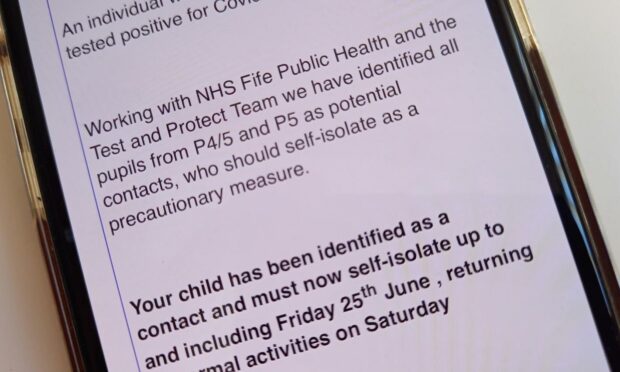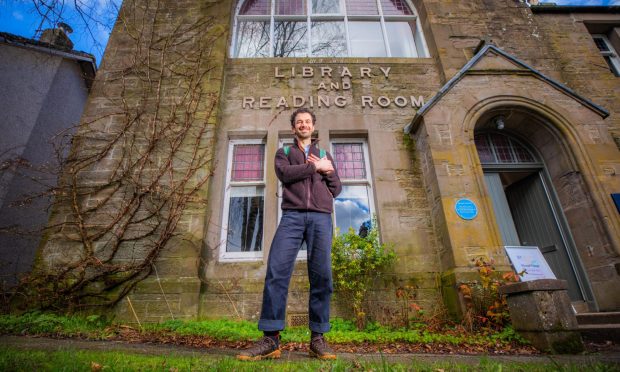Four in 10 schoolchildren across Scotland self-isolated due to Covid-19 during the last school year.
Figures released by the Scottish Government illustrate the impact of the pandemic while schools were fully open between August and December last year and from March and April (for secondary schools) to the summer holidays.
Data was also issued for the first time on Thursday showing the impact of the pandemic this term as the number of recorded cases hit a record high.
We looked at how many Tayside and Fife schoolchildren self-isolated, and found that those in Dundee were more likely to have done so than the national average, with 47% having isolated for at least half a day.
Fife and Perth and Kinross schools were in line with the Scottish rate, while Angus schools were well below at 26%.
How Tayside and Fife pupils were hit
More importantly, we looked at the number of pupils who had missed several days of school due to being close contacts of a Covid case or testing positive themselves.
Until the recent change in isolation rules, entire classes and even year groups were told to stay at home when a fellow pupil or teacher tested positive for Covid-19.
Some pupils, who had already missed weeks of class time during remote learning, had to isolate more than once.
Again, Dundee had a higher proportion – 26% – of pupils self-isolating for at least a week than the national average of 21%.
In both Fife and Perth and Kinross, a fifth of pupils isolated, 21% and 20% respectively.
More Angus schoolchildren escaped the need to stay at home and miss time in school, with 11% having to isolate.
Overall, slightly fewer primary school pupils isolated for at least a week – 19% – than older peers in secondary schools, where almost a quarter (23%) had to stay at home for at least that period, and those in special schools, where the rate was 22%.
Children living in less affluent areas were also more likely to have missed classes due to isolation.
Some 29% of those in the most deprived areas had to isolate for at least a week compared to 17% in the least deprived.
How many are off school this term?
Although the number of cases of Covid-19 was reported on Wednesday to have hit a record high, levels of self-isolation in schools remained relatively low in the first full week of the new term (second week for Angus).
The proportion of pupils off school for any Covid-related reason on Tuesday ranged between 1% and 1.4% in Tayside and Fife, with a total of 152 absences for Covid-related sickness.
Just before the summer holidays, 12.3% of Dundee pupils were absent for Covid-related reasons on the last Wednesday of that term.
During the last term parents had complained about ‘confusing’ self-isolation rules.
However, requirements have changed this term and it is hoped that more targeted contact tracing and a shorter isolation period will mean fewer pupils missing school and for less time.










